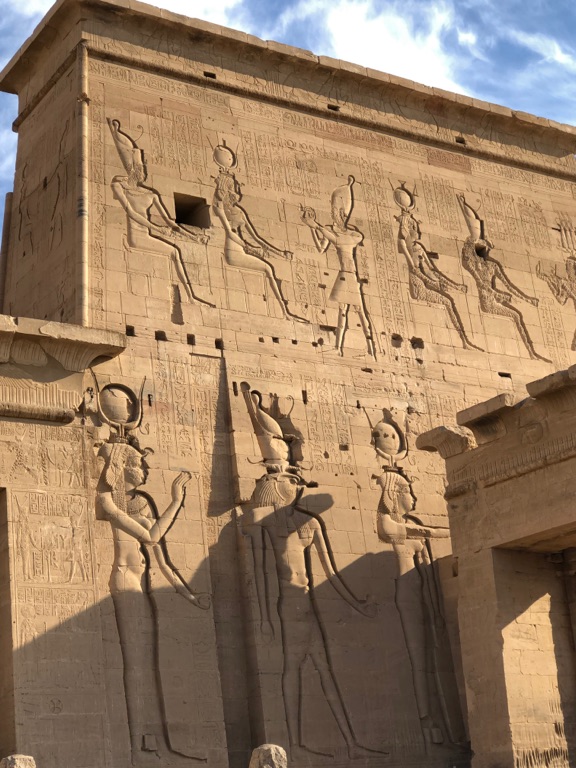The Temple of Isis at Philae is a significant archaeological site that provides a wealth of information about ancient Egyptian culture, religion, and architecture. This temple, dedicated to the goddess Isis, was an important center of worship and pilgrimage for ancient Egyptians. It is located on the island of Philae in the Nile River, near Aswan. The temple complex was constructed over a period of several centuries, beginning in the Ptolemaic period and continuing into the Roman era. Despite being submerged under water for many years due to the construction of the Aswan dam, the temple was saved through a massive international effort and relocated to the nearby island of Agilkia.
Get your dose of History via Email
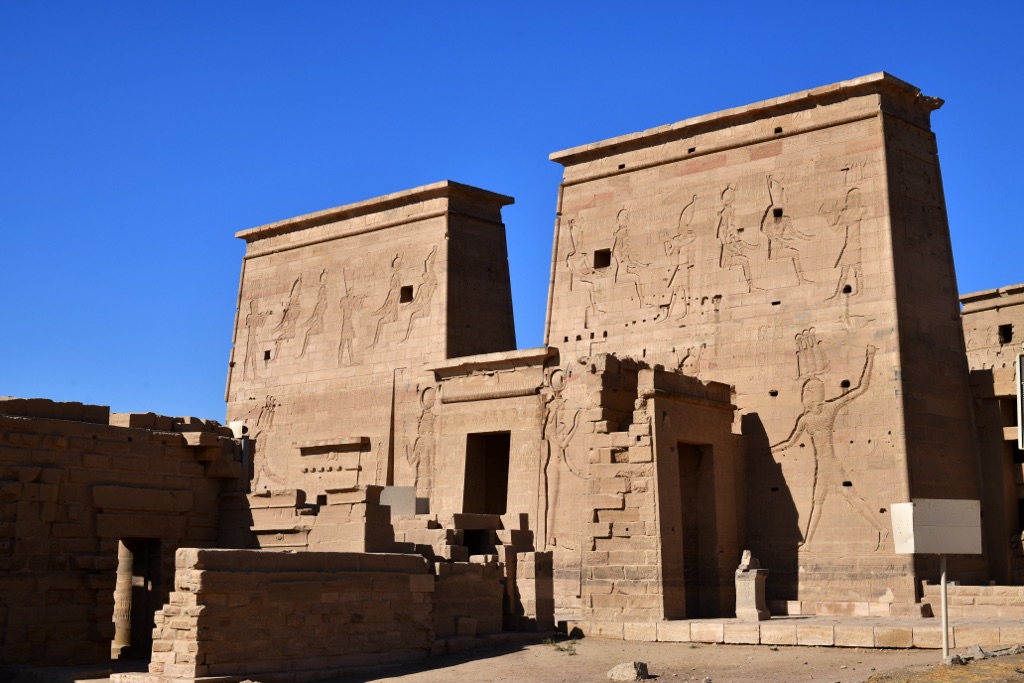
What role did The Temple of Isis play in ancient Egyptian religion and society?
The Temple of Isis at Philae played a crucial role in ancient Egyptian religion and society. As a center of worship for the goddess Isis, it was a destination for pilgrims from all over Egypt and beyond. The temple was also a significant center of the Isis cult, which spread throughout the Roman Empire.
The rituals performed at the temple, such as the daily offerings and the annual Isis festival, were an integral part of ancient Egyptian religious practice. These rituals were believed to ensure the continued prosperity and stability of the kingdom.
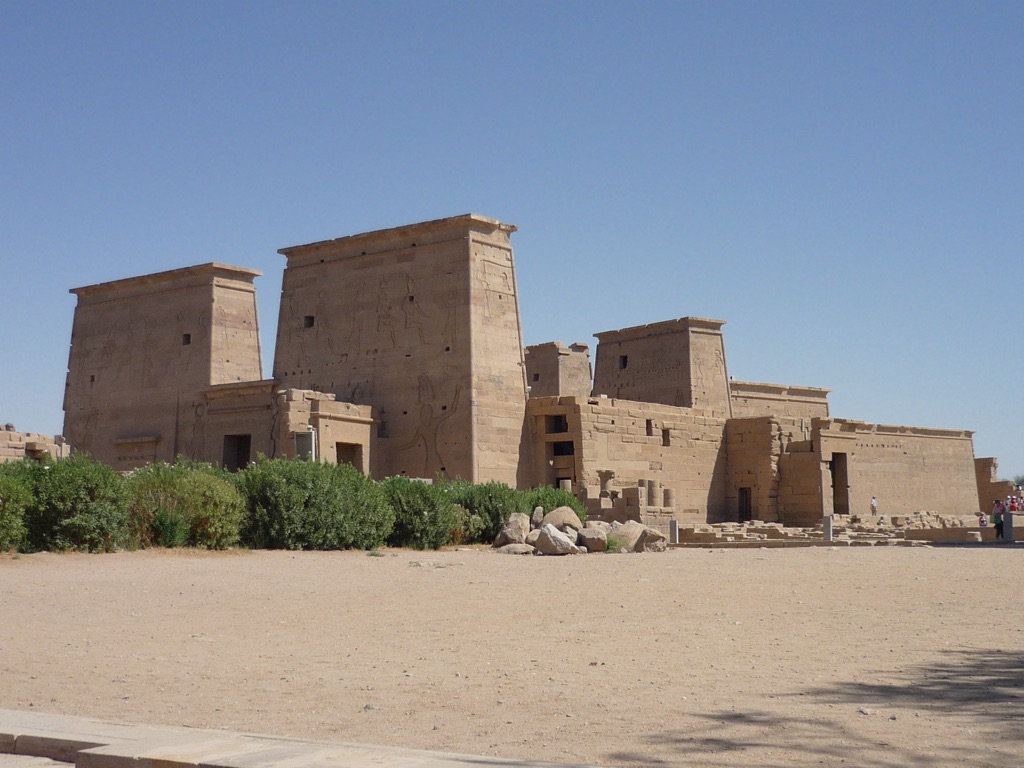
Moreover, the temple was a symbol of royal power and legitimacy. The Ptolemaic and Roman rulers who commissioned the construction and decoration of the temple sought to align themselves with the divine authority of Isis and the ancient traditions of Pharaonic kingship.
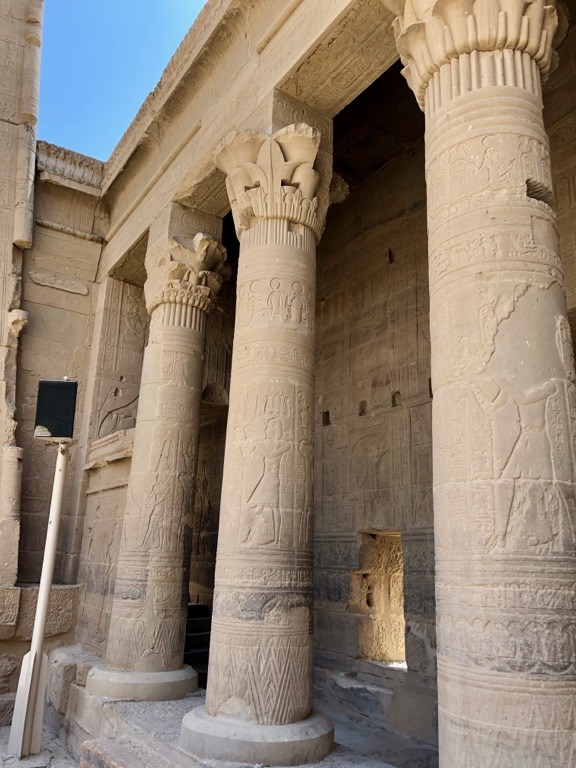
What is the historical significance of the Temple of Isis in Philae and what civilizations have used it?
The Temple of Isis at Philae was used by several civilizations over the centuries. Initially, it was an important religious center for the Ptolemaic Kingdom, which ruled Egypt from 305 to 30 BC. The Ptolemaic rulers, who were of Greek origin, embraced and promoted the worship of Isis as a way to legitimize their rule over Egypt.

After the Roman conquest of Egypt in 30 BC, the temple continued to be an important religious site. The Roman emperors, like the Ptolemaic kings before them, patronized the temple and participated in its rituals. The cult of Isis, centered at Philae, spread throughout the Roman Empire and became one of the most popular religions in the Roman world.

Even after the official conversion of the Roman Empire to Christianity in the 4th century AD, the Temple of Isis at Philae remained active. It was one of the last pagan temples to be closed by the Christian authorities, in the late 6th century AD.
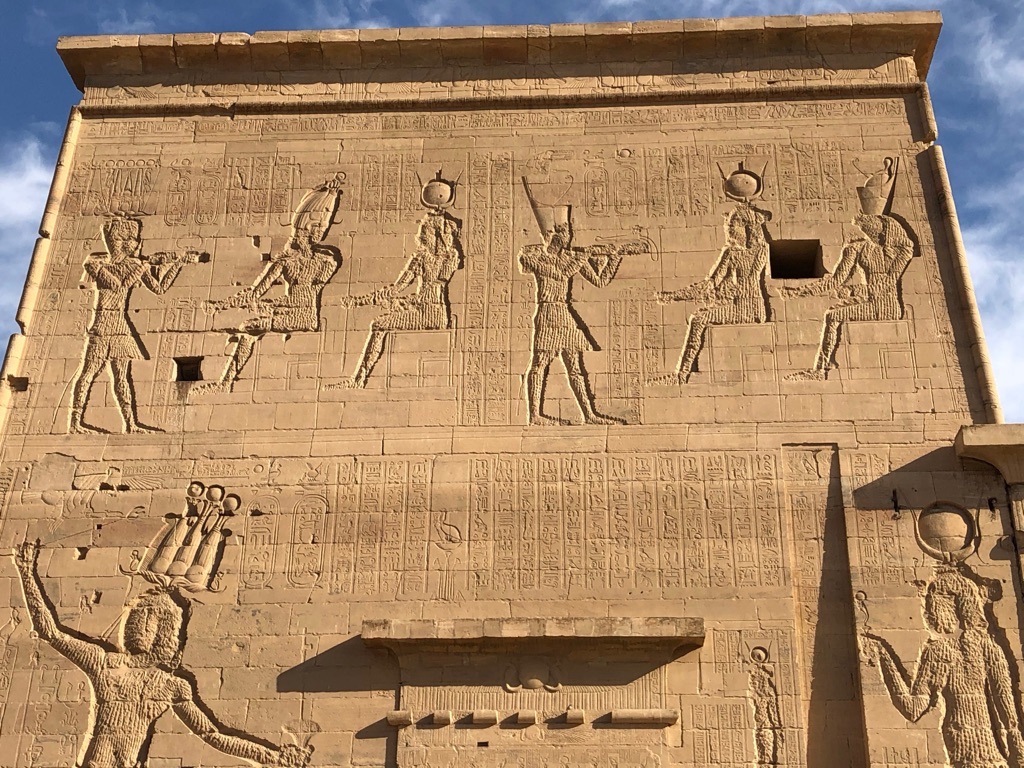
What are some of the key architectural features and discoveries made at the Temple of Isis in Philae?
The Temple of Isis at Philae is renowned for its architectural grandeur and the richness of its decoration. The temple complex includes several buildings, such as the main temple of Isis, the smaller Temple of Hathor, a birth house (mammisi), and several other shrines and chapels.
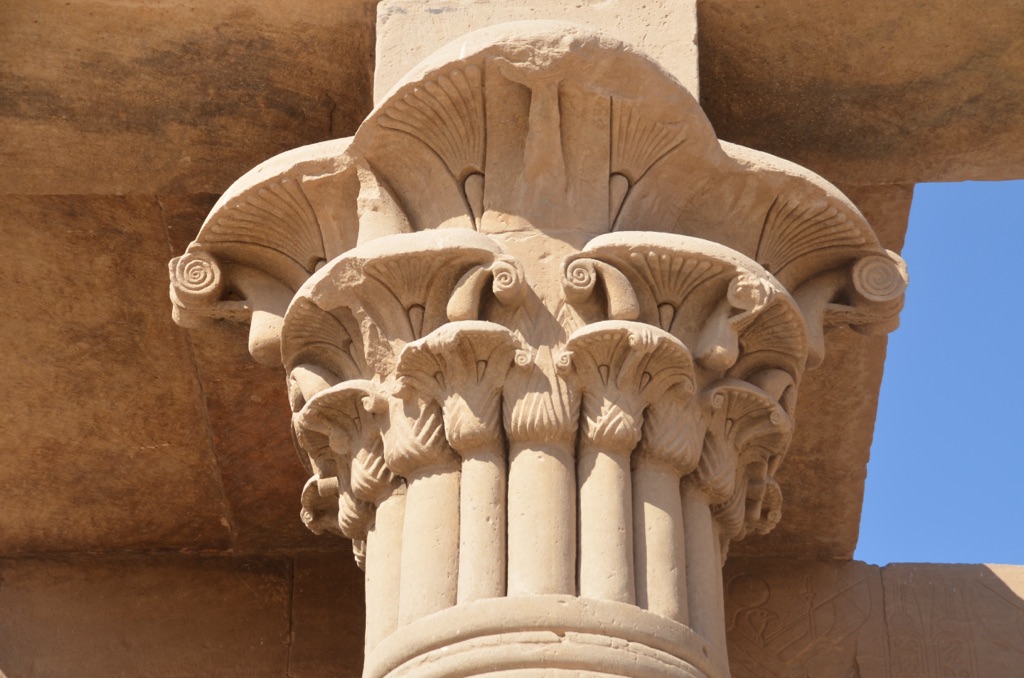
The main temple of Isis is a classic example of Ptolemaic temple architecture. It has a large courtyard, surrounded by colonnades, leading to a series of hypostyle halls and finally the sanctuary of Isis. The walls of the temple are covered with detailed reliefs depicting the rituals performed in honor of Isis and the divine legitimacy of the Ptolemaic and Roman rulers.
One of the most significant discoveries at Philae is the so-called “Philae obelisk”. This obelisk, now in the British Museum, bears inscriptions in both Egyptian hieroglyphs and Greek, which were crucial in the decipherment of the hieroglyphic script.
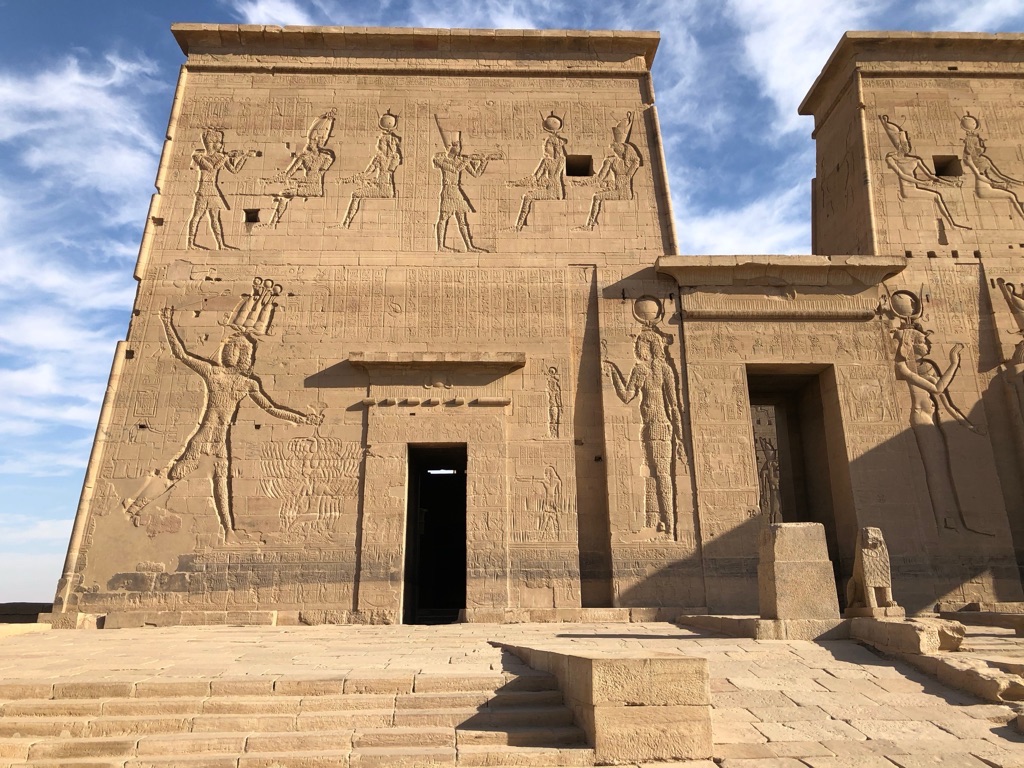
Conclusion and Sources
In conclusion, the Temple of Isis at Philae is a treasure trove of information about ancient Egyptian religion, society, and architecture. Its historical significance spans several centuries and civilizations, from the Ptolemaic Kingdom to the Roman Empire. The architectural features and discoveries made at the temple provide invaluable insights into the religious beliefs and practices of the ancient Egyptians.
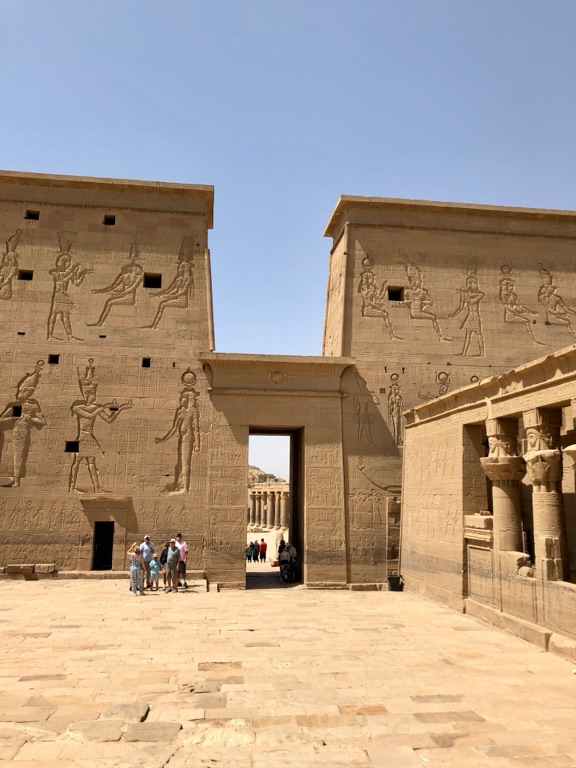
For further reading and to validate the information presented in this article, the following sources are recommended:
Or you can check any of these reputable archaeological and historical texts:
“Philae.” In The Oxford Encyclopedia of Ancient Egypt, edited by Donald B. Redford. Oxford: Oxford University Press, 2001.
“Isis.” In The Oxford Encyclopedia of Ancient Egypt, edited by Donald B. Redford. Oxford: Oxford University Press, 2001.
Wilkinson, Richard H. The Complete Temples of Ancient Egypt. London: Thames & Hudson, 2000.
Bagnall, Roger S. Egypt in Late Antiquity. Princeton: Princeton University Press, 1993.

